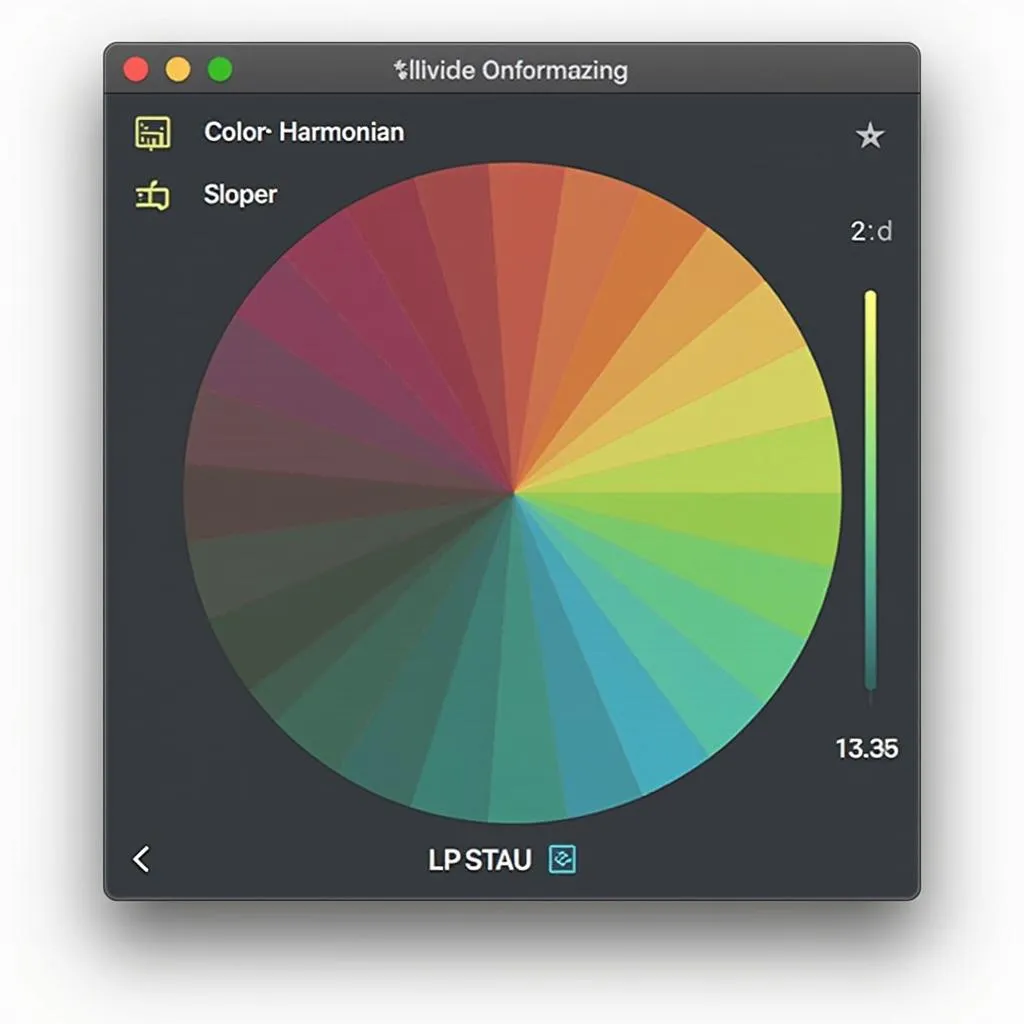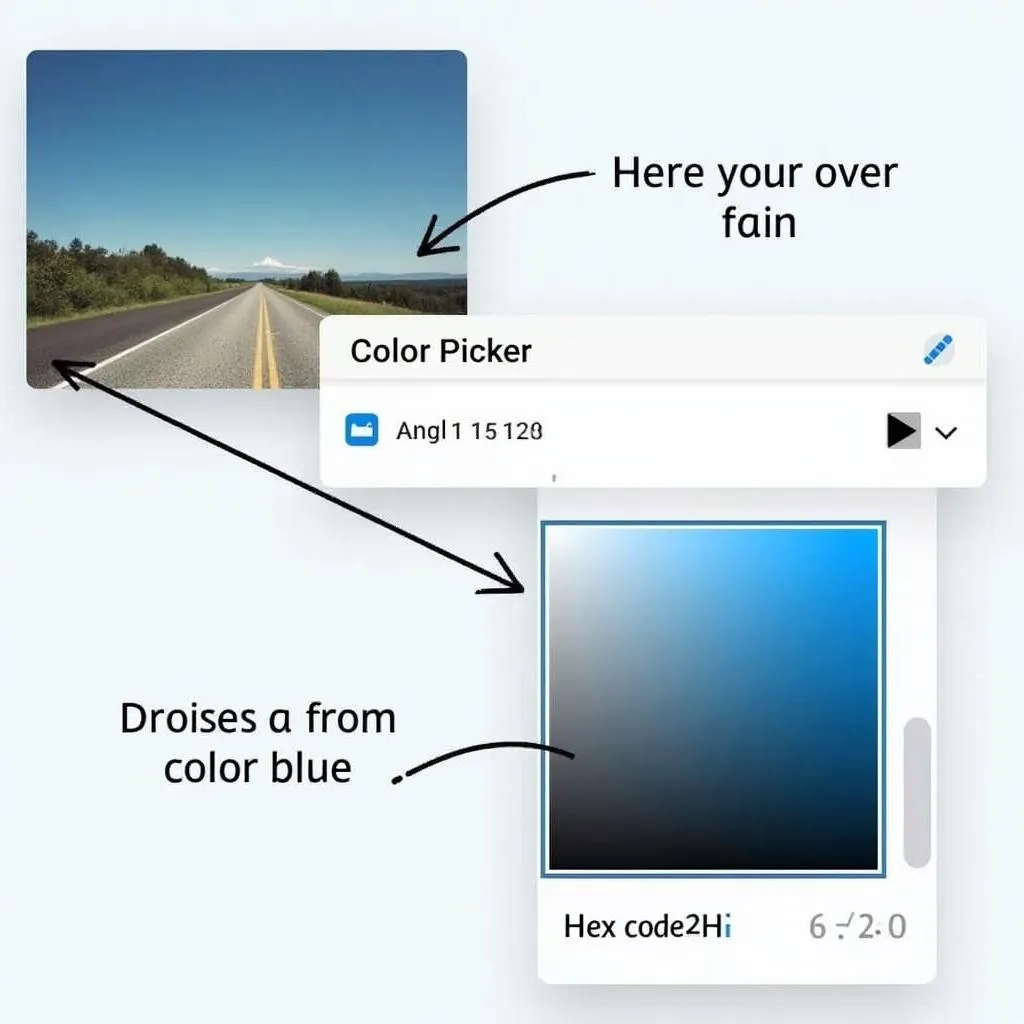Color widgets can be powerful tools for anyone looking to experiment with different color palettes, whether you’re designing a website, decorating your home, or even just trying to find the perfect outfit. These handy digital tools offer a user-friendly way to explore a vast spectrum of colors and create harmonious combinations. But with so many different types of color widgets available, it can be overwhelming to know where to start. This guide will walk you through the basics of using color widgets and offer some expert tips to help you unleash your inner color enthusiast.
Understanding Color Widgets
At their core, color widgets are interactive tools that allow you to visualize and manipulate color. They typically offer a visual representation of the color spectrum, often in the form of a color wheel, sliders, or palettes. By adjusting these elements, you can explore different hues, saturations, and brightness levels to create the perfect color scheme for your project.
Types of Color Widgets
1. Color Wheel Widgets
Color wheel widgets are based on the traditional artist’s color wheel, showcasing primary, secondary, and tertiary colors in a circular format. These widgets often allow you to:
- Select colors directly from the wheel: Click and drag to choose your desired hue.
- Adjust saturation and brightness: Use sliders or controls to fine-tune the intensity and value of your chosen color.
- Generate complementary, analogous, and other color harmonies: Many color wheel widgets offer pre-set harmony rules to help you create balanced and visually appealing combinations.
 Color Wheel Widget
Color Wheel Widget
2. Color Picker Widgets
Color picker widgets allow you to select colors from an image or website. This can be incredibly useful when you want to:
- Match a specific color: Perfect for replicating a color you love from a piece of artwork, a photograph, or even a competitor’s website.
- Create a cohesive brand identity: Extract key colors from your logo or brand imagery to use consistently across your online presence.
 Color Picker Widget in Action
Color Picker Widget in Action
3. Color Palette Generators
Color palette generators take the guesswork out of creating harmonious color schemes. These widgets often employ algorithms to:
- Generate palettes based on keywords: Input a word like “ocean” or “forest” and the generator will create a palette reflecting those themes.
- Suggest palettes based on a single color input: Provide your starting color and the generator will offer complementary and contrasting options.
Tips for Using Color Widgets Effectively
- Start with a purpose: Before diving into a color widget, consider the mood and message you want to convey. Are you aiming for a sense of calm and serenity, or energy and excitement?
- Understand basic color theory: Familiarize yourself with concepts like warm vs. cool colors, complementary colors, and analogous colors to make informed choices.
- Don’t be afraid to experiment: Play around with different combinations and see what speaks to you. Most color widgets allow you to save your favorite palettes for later.
- Test your colors in different contexts: Colors can appear different on various screens and materials. If possible, preview your chosen colors in the environment where they will be used.
“Choosing the right colors can make or break a design,” says Jane Doe, a renowned interior designer based in New York. “Color widgets are invaluable tools for exploring possibilities and finding that perfect balance.”
Conclusion
Color widgets provide an accessible and enjoyable way to explore the fascinating world of color. Whether you’re a seasoned designer or a complete beginner, these tools empower you to make informed color choices and create stunning visual experiences. So, embrace the power of color widgets and unlock your creative potential!
Need help finding the perfect color scheme for your next project? Contact us at 0373298888, email us at [email protected], or visit our showroom at 86 Cầu Giấy, Hanoi. Our team of color experts is available 24/7 to assist you.
